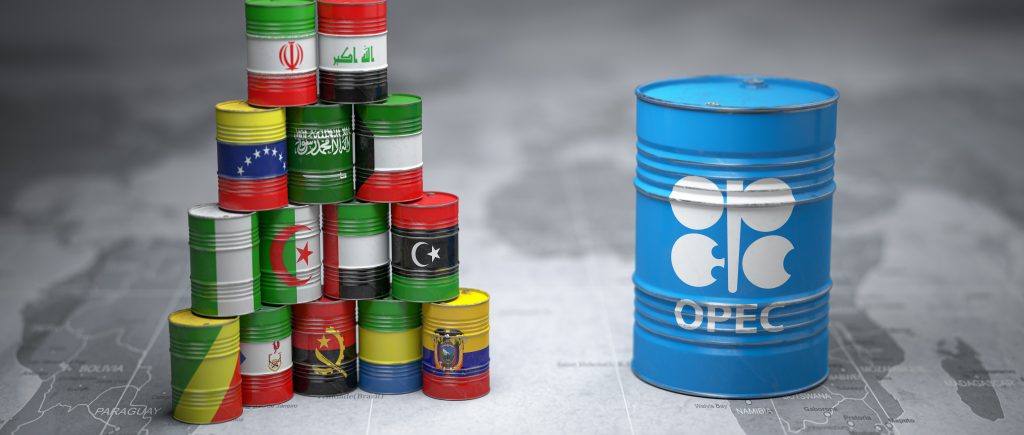Front-month WTI futures touched fresh seven-year peaks on Friday, reaching $88.82 for the first time since October 2014, before pulling back somewhat to just below $88.00 again.
Still, that leaves WTI trading more than 50 cents higher on the session and about $3.0 higher on the week. WTI is on course to post a sixth successive weekly rally, a run that has seen the American benchmark for sweet light crude oil rally more than $20.00 from the low-$66.00s.
The next area of major upside resistance is the psychologically important $90.00 level and then the late-2013 lows in the mid-$91.00s just above it.
Oil market analysts continue to cite a combination of bullish factors on both the demand and supply side as supporting the recent rally. Firstly, on the demand side, as the Omicron variant fades in major developed economies facilitating reopening, demand has held up and is expected to post strong growth for the year.
On the supply side, markets continue to cite OPEC+ capacity constraints and geopolitical tensions between NATO/Ukraine/Russia as supportive. Traders have also cited an increase in the threat to UAE output presented by an uptick in Iran-back Houthi militias based in Yemen.
The risk premium on the oil price is now likely to be almost $10/bbl. These factors helped to support oil this week in the face of large surprise crude oil inventory builds in the US. Attention now turns to next week’s OPEC+ meeting, on Wednesday 2 February, where sources have already said the group and its allies will stick to the existing policy of hiking output quotas by 400,000 barrels per day each month.
Market participants remain highly skeptical about the group’s ability, particularly the smaller producers, to keep up with output quota hikes. Oil prices reached seven-year highs after the inflation data and as geopolitical tensions continue to raise concerns that the Ukraine crisis could disrupt energy markets.
US President Joe Biden and his EU counterpart Ursula von der Leyen pledged to cooperate on guaranteeing the energy security of Europe and Ukraine amid the standoff triggered by Russia amassing troops at Ukraine’s border. read more
US crude was up 0.12% at $86.71 per barrel and Brent was at $89.92, up 0.65% on the day. Investors cautiously start to buy US crude when prices fall given supply disruption concerns due to rising geopolitical tensions. The market expects supply will stay tight as OPEC+ is seen to keep the existing policy of gradual increase in production.

 Noor Trends News, Technical Analysis, Educational Tools and Recommendations
Noor Trends News, Technical Analysis, Educational Tools and Recommendations




